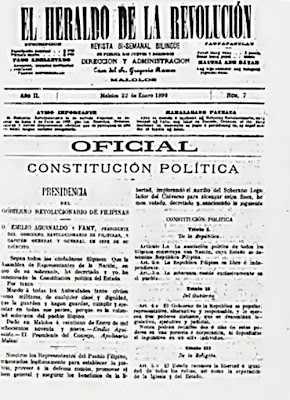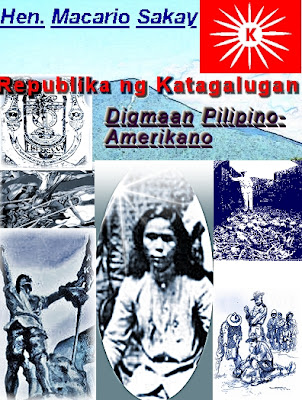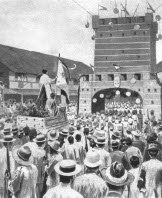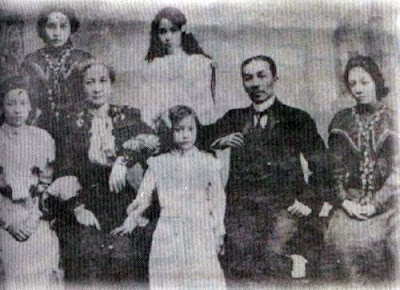1889 - "Filipinas Dentro de cien años" (The Philippine a Century Hence), essay of Filipino reformist, patriot, and polymath Jose P. Rizal, is first published in the reformist propaganda newspaper "La Solidaridad" in Madrid, Spain during the period of Spanish colonial rule in the Philippines; therein, Rizal exhorts Spain to give more rights, to the Filipinos "to grant six million Filipinos their rights, so that they may be in fact Spaniards"], warning that failure to do so could make them lose the Southeast Asian archipelago.
 |
| Higinio O. Benitez, Malolos Congress Representative & American collaborator |
1911 - Higinio Benitez, member of the First Philippine Republic's Revolutionary Congress who rather quickly collaborated with the imperialist American invaders, is reassigned as associate judge to the colonial Land Registration body; Benitez, despite being named Laguna's representative to the Malolos Congress, unpatriotically chose not to fight during the Philippine-American War (1899-1914), even serving as (appointed) secretary of the American sponsored Supreme Court under the leadership of another American lackey and illustrado collaborator Cayetano Arellano.
Photo credit: http://jackeline.freehomepage.com/main/photos.htm


























